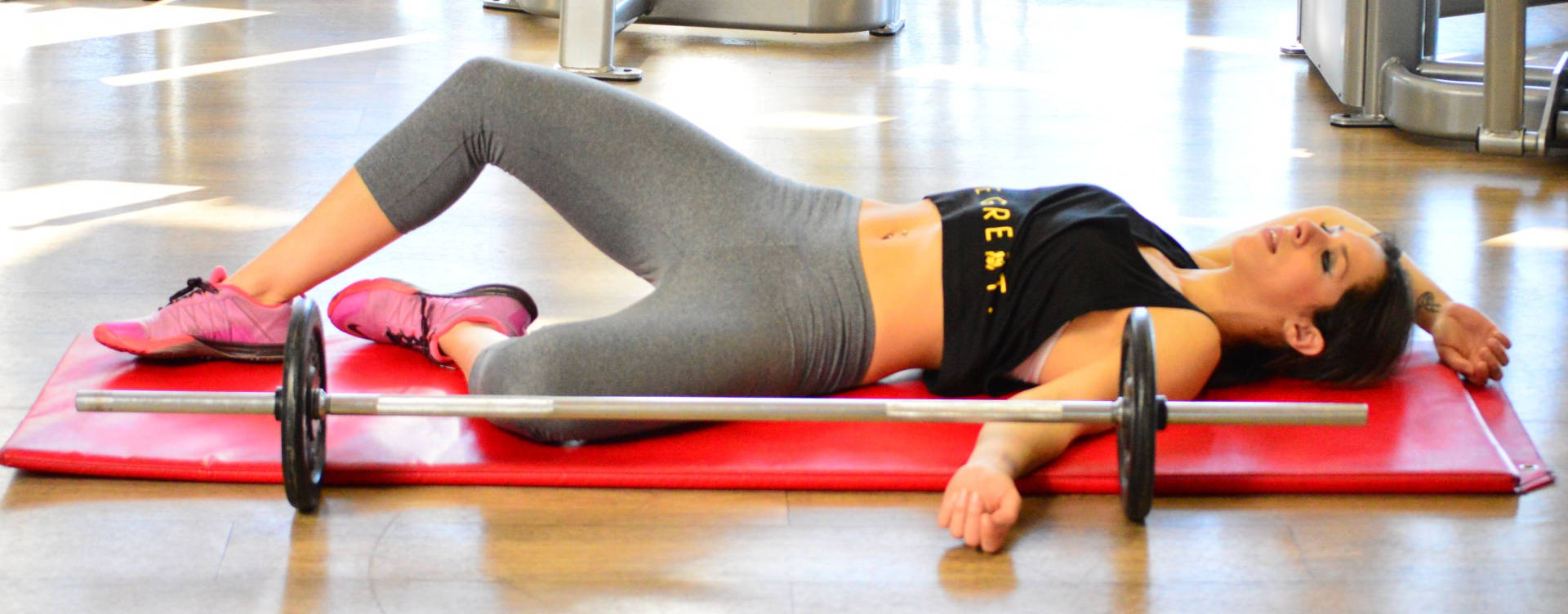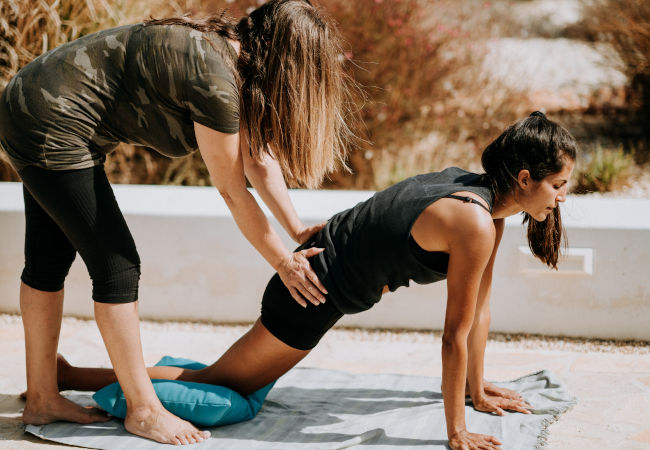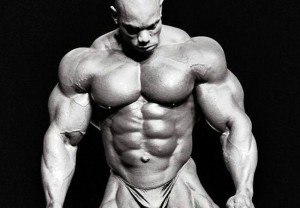The last thing anyone wants is to suffer an injury after a workout. Unfortunately, it can happen even with the best intentions and proper form. Taking the right steps is important to ensure a speedy recovery and prevent further damage when faced with an injury. Here are a few tips for what to do after getting injured while working out.
Let Your Body Rest
Taking a break from working out might seem obvious, but it’s often the hardest step for regular exercisers to accept. Your body needs time to heal, and continuing to push through pain can lead to more severe injuries.
Rest doesn’t necessarily mean complete inactivity, but you should avoid any exercise that strains the injured area. For instance, consider switching to upper-body exercises or swimming if you’ve injured your knee. These exercises put less pressure on your legs. Always respect your bodily signals and stop if you feel pain or discomfort when modifying workouts.
Use the Appropriate Treatment
Using the appropriate treatment for your injury is another crucial thing to do after getting injured while working out. Depending on the injury’s type and severity, this treatment may involve ice packs, compression bandages, or anti-inflammatory medication.
Generally, following the RICE method—Rest, Ice, Compression, and Elevation—for the first 24-72 hours after an acute injury is best as it helps reduce swelling and pain. However, you may need to apply heat if you experience muscle stiffness or spasms. Heat can help relax the muscles and increase blood flow to the injured area, promoting healing. Consult a healthcare professional for specific treatment recommendations for your injury.
Visit a Specialist
Although you can begin tending to minor injuries from home, you should see a professional if symptoms worsen or are severe. A sports medicine doctor, physical therapist, or chiropractor can diagnose your injury properly and recommend a treatment plan. These professionals can offer specific exercises, therapies, and advice to help you recover more effectively.
Specialists like chiropractors can help identify and correct underlying issues that may have contributed to your injury, such as muscle imbalances or poor form. There are numerous sports-related injuries a chiropractor can address, including runner’s knee, tennis elbow, or plantar fasciitis; a chiropractor or even a physiotherapist can help alleviate the pain related to each of these.
Pro Tip
Each specialist has a unique healing approach. Chiropractors for example, use holistic, non-invasive methods, while sports medicine doctors may suggest medications or refer you to a physical therapist for rehab exercises.
Prevent Repeat Injuries
Strive to understand why the injury happened as you recover. Identifying the cause can help you make changes to prevent future injuries. You will likely have to adjust your workout routine, incorporate more rest days, improve your technique, or strengthen weak areas.
Slowly Get Back Into Workouts
Take it slow when you feel ready to start exercising again. Gradually reintroduce your body to your workout routine and pay close attention to how it responds. Start with lighter weights, slower speeds, and shorter durations than you’re used to, and gradually increase as your strength and confidence return. You may need to take more breaks than you did before your injury, which is normal as you need to rebuild your stamina.
Remember, listen to your body.
Recovering from a workout injury requires patience, proper care, and a cautious approach to returning to exercise. Reflect on your workout habits and make any necessary changes to prevent similar injuries in the future as your body heals.





















